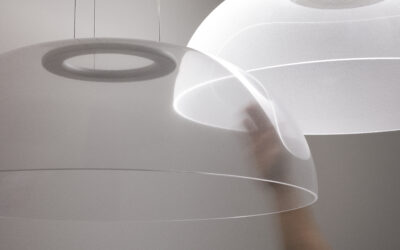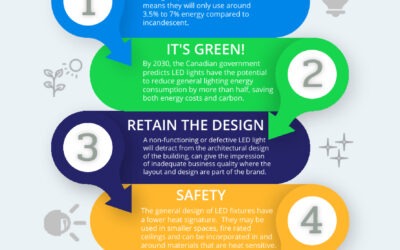SCHEDULE A FREE CALL!! 📅
Did you know that the LED was created in earlies 19th? But even discovered almost 100 years ago, the LED technology just became popular in the year 2000, and quickly turned into a must-have tech. Learn more about the amazing LED below or use the Savings Calcultor to see how much your facility would save by changing to LED Lighting.
HISTORY
LEDs stands for Light Emitting Diodes, a solid-state lighting LED technology that has its roots in the early 20th century. It started with the discovery of electroluminescence by Henry Joseph Round in 1907, with the first LED was created by Oleg Losev in 1927. Over the next number of decades advances were made in the technology and by the 1990s LEDs were becoming more widely used. Over the next decades, prices were coming down and they were used in more and more applications.
ADVANTAGES
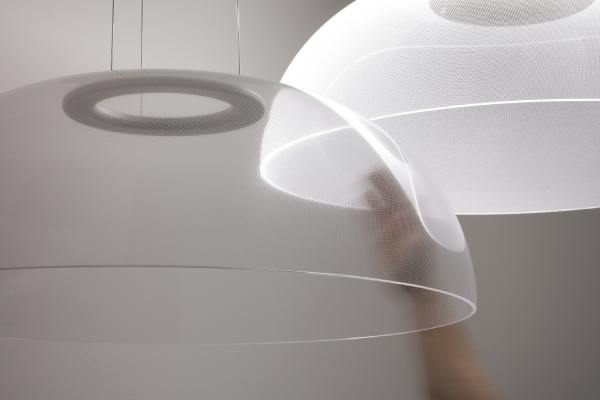 LED lights have many advantages over more traditional lights, such as incandescent. Here are just some of their highly touted advantages:
LED lights have many advantages over more traditional lights, such as incandescent. Here are just some of their highly touted advantages:
- Smaller carbon footprint – by 2030, the Canadian government predicts LEDs have the potential to cut general lighting energy in half, saving both energy costs and carbon emissions.
- More efficient – unlike many fixture-type lights (such as under-cabinet and recessed lights) where only 50 to 60 percent of the total light production is emitted, LEDs emit light in a specific direction, with 80 to 90 percent of their energy becoming light.
- Smaller in size – the LED chips are small and thin, forgoing bigger glass bulbs, as they’re mounted in thin and narrow containers.
- Cooler in temperature – LEDs run much cooler than incandescent hot bulbs, which have the ability to start fires.
- Longer lifespan – an LED light lifespan is estimated to be at least 40,000 hours, which is 15 to 20 years (contingent upon how long it’s on each day).
- More durable – since LEDs have no filaments, they can resist heavy vibrations, shock, and external impacts.
More lighting applications – they have many more lighting applications than their predecessors due to many of their unique characteristics (many just mentioned), such as their resistance to vibration and breakage, their smaller size, their ease of maintenance and long life, how well they perform in cold temperatures, their lack of ultraviolet (UV) and infrared (IR) emissions, how they turn on instantly, their ability to be dimmed, and their ability to provide color control.
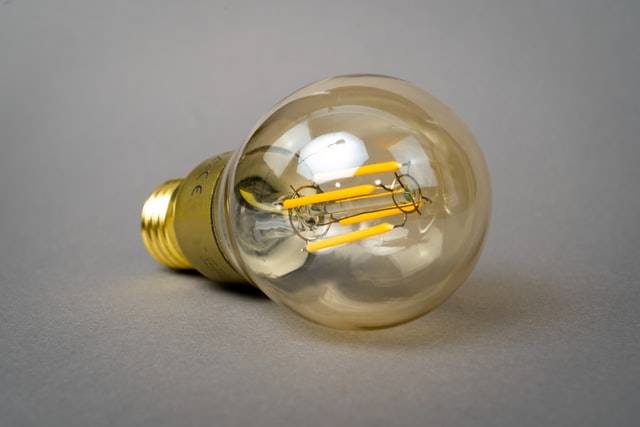
LED Light Lifespan
LEDs when compared to traditional lighting solutions is the long lifespan. The average LED lasts 50,000 operating hours to 100,000 operating hours or more. That is 2-4 times as long as most fluorescent, metal halide, and even sodium vapor lights. It is more than 40 times as long as the average incandescent bulb.
Less frequent replacement means two big things: lower maintenance costs in terms of labor and lower costs for replacement parts (because the bulbs simply do not fail for a long time).
LED Energy Efficiency
LEDs generally consume very low amounts of power. The statistics to look for when comparing the energy efficiency of different lighting solutions are called by one of two terms: luminous efficacy or useful lumens. These two items essentially describe the amount of light emitted per unit of power (watts) consumed by the bulb. In our experience, most LED lighting retrofit projects result in a 60-75% improvement in the overall energy efficiency of the facility’s lighting. Depending on the existing lights and the particular LEDs installed, the savings could be more than 90%.
Average Rated Lifetime Hours
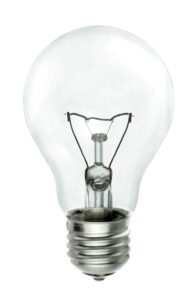
Incandescent
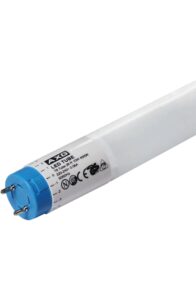
Fluorescent
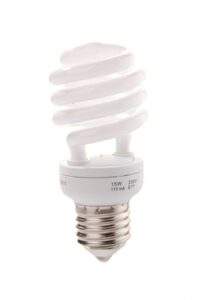
CFL
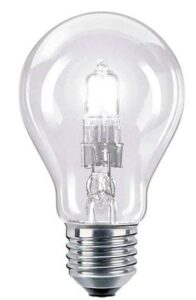
Halogen
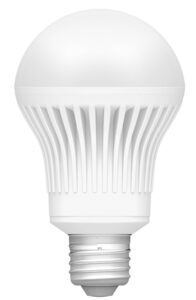
LED
Important facts
%
LEDs transform energy into light
%
Incandescent bulbs lose energy as heat
LED lifespan hours
Incandescent lifespan hours
%
LED are recyclable!
Read more
How Do You Know You Are Getting A Good Quality LED Fixture?
5 things to keep in mind - by Lumiterra
Convert To LED – The Tech In Your Favour
You have older light fixtures that over time have become dangerous to operate because the electrical components are falling apart, wires have frayed or cracked making them a fire hazard. Or you would like to see if they can be upgraded to be more efficient and offer...
5 Reasons Why Repair Your LED Light Fixtures
You may not know, but when you have burned-out LED light it's not necessary to run to buy a new one. Keep your old light fixture by repairing or converting it to LED. Here are 5 benefits you should repair LED light fixtures. 1 - Energy efficient LED lights...

